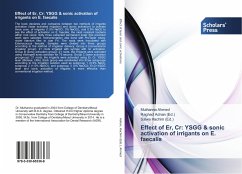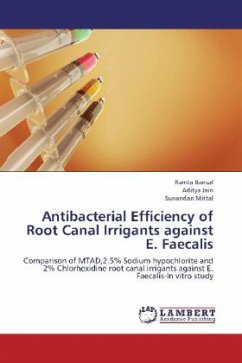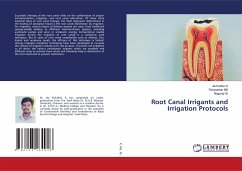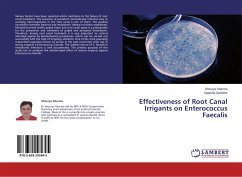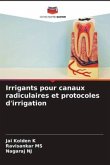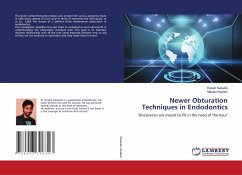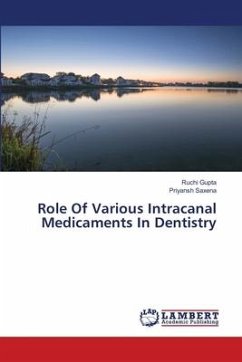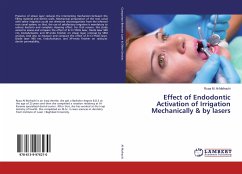The book declares and compares between two methods of irrigants activation (laser activated irrigation) and (sonic activation) to activate three conc. of irrigants (1.5% NaOCl, 3% NaOCL, and 0.9% NaCl) to see the effect of activation on E. faecalis, the most resistant bacteria within root canal. Sixty three extracted permanent lower first premolar teeth were selected. Instrumentation was done with ProTaper rotary nickel titanium files to size F4. The roots were inoculated with Enterococcus faecalis. Samples were divided into three groups according to the method of irrigation delivery: Group A (conventional irrigation group): 21 roots irrigated with syringe with no activation. Group B (sonic activation group): 21 roots, the irrigants were activated using Vibringe® sonic activator for 75 second. Group C (laser activation grougroup): 21 roots, the irrigants were activated using Er, Cr: YSGG laser (Biolase, USA). Each group was subdivided into three subgroups according to the irrigation solution used as subgroup 1 (0.9% NaCl), subgroup 2 (1.5% NaOCl), and subgroup 3 (3% NaOCl). Er,Cr:YSGG laser and sonic activation of irrigants is more effective than conventional irrigation method.
Bitte wählen Sie Ihr Anliegen aus.
Rechnungen
Retourenschein anfordern
Bestellstatus
Storno

